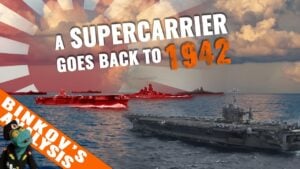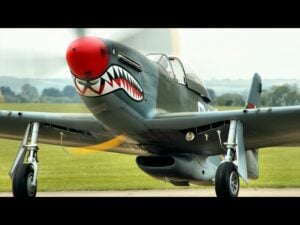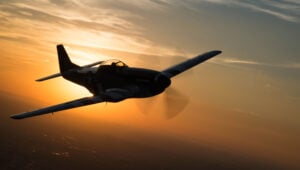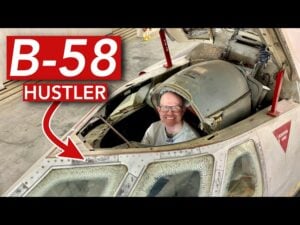The Insane Engineering of the B-2 Bomber
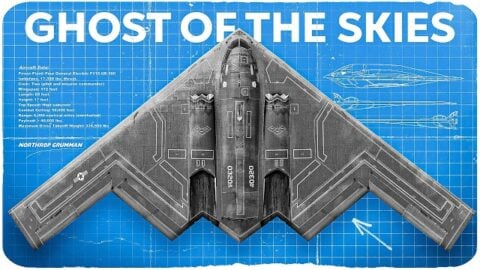
YouTube / MegaBuilds
At roughly $2 billion each, the Northrop B-2 Spirit isn’t just the most expensive aircraft ever built—it’s one of the most mysterious. With its sleek, alien-like silhouette and radar-defying shape, the B-2 looks more like something from science fiction than a real-world bomber. But behind its futuristic form lies one of the most audacious engineering feats of the Cold War.
The Birth of Stealth
By the mid-1970s, the U.S. Air Force faced a serious problem. The Soviet Union’s radar and air defenses had become so advanced that sending B-52 bombers into enemy airspace was almost suicidal. America needed a bomber that could penetrate those defenses undetected.
The answer came through the Advanced Technology Bomber program—an ambitious effort to create a nearly invisible aircraft. Northrop’s engineers began working on a new kind of plane that could slip through radar like a shadow in the night.
Building the Invisible Bomber
The result was the B-2 Spirit, a smooth, tailless flying wing made of radar-absorbent materials and composite structures. Its distinctive shape isn’t just for looks; every curve and contour was sculpted to scatter radar waves away from enemy receivers. Beneath its carbon-fiber skin lies a computer-controlled fly-by-wire system that keeps the inherently unstable design airborne.
Four deeply buried engines reduce its heat signature, while advanced coatings absorb radar energy. The result is a radar cross-section smaller than that of a pigeon, allowing the B-2 to glide almost unseen across the sky.
Power and Precision
First flown on July 17, 1989, the B-2 proved that stealth wasn’t a theory—it was reality. The bomber can carry up to 20 tons of weapons, from nuclear bombs to precision-guided munitions, and hit up to 80 targets in one mission. It can fly more than 11,000 kilometers without refueling, enough to strike anywhere in the world with midair support.
The Cost of Perfection
Only 21 B-2s were ever built, each representing the peak of aerospace technology. Maintaining them is a challenge; even the aircraft’s radar-absorbing coating must be reapplied regularly. Still, decades after its debut, the B-2 remains one of the most advanced bombers in existence.
Its successor, the B-21 Raider, is now in development—smaller, more efficient, and designed for both nuclear and conventional missions. Yet the B-2 Spirit will always stand as a symbol of Cold War ingenuity and the staggering price of invisibility.
















